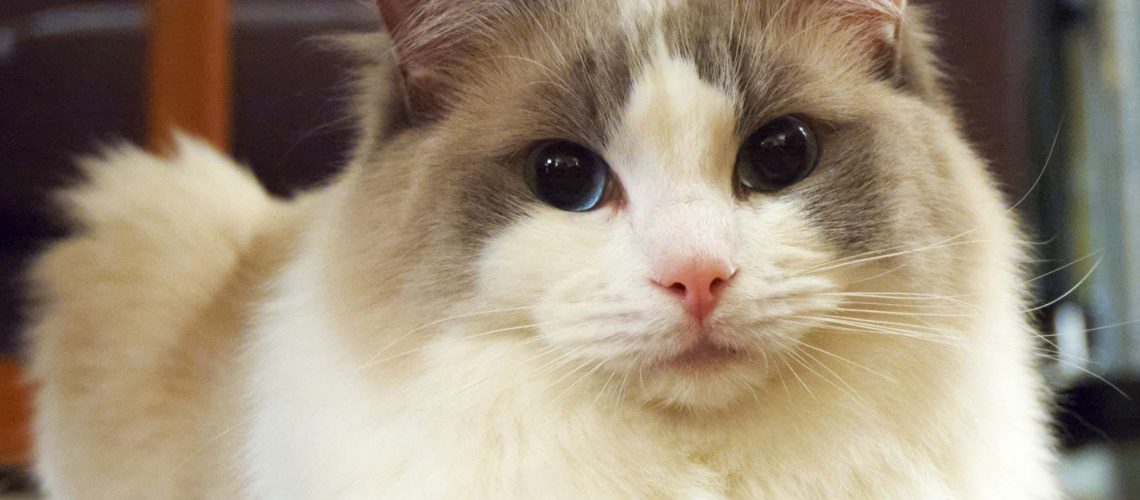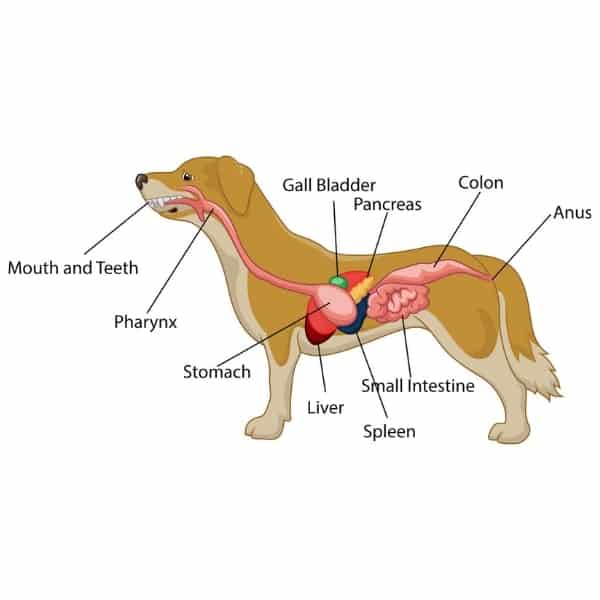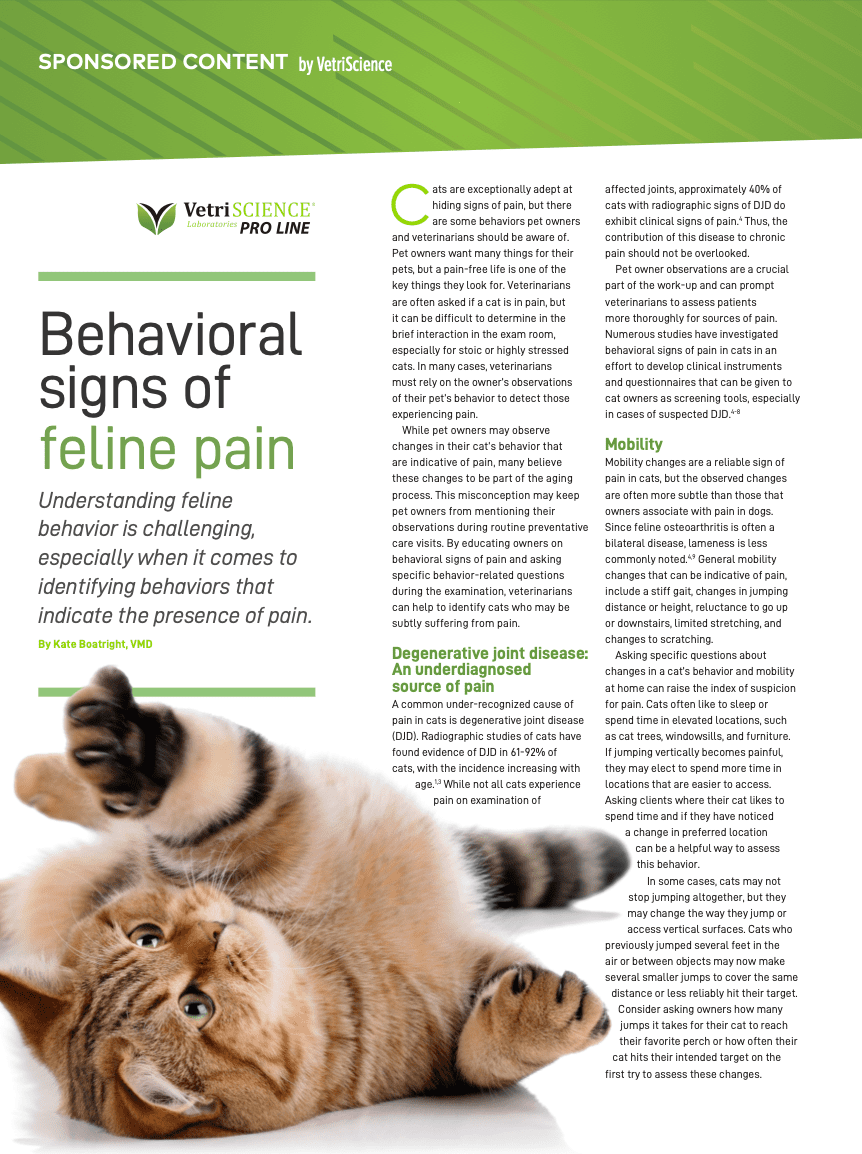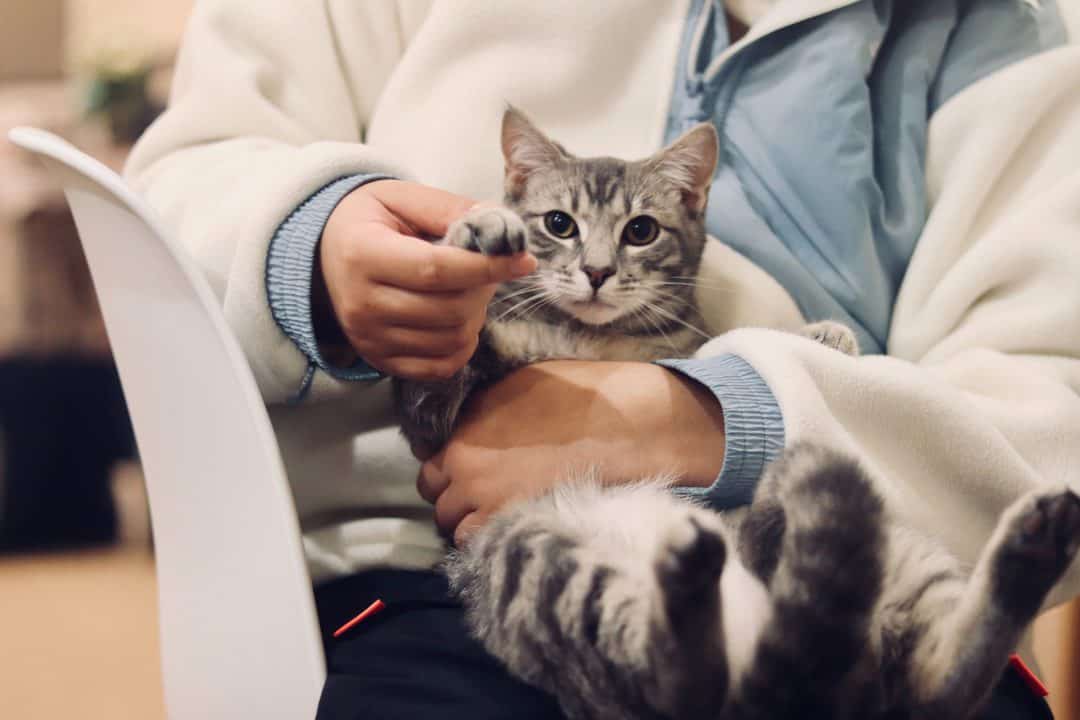Are you a cat owner who wants to ensure the health and well-being of your furry friend? If so, understanding gallbladder issues and spotting infections in cats is essential. By delving into this subject, you'll gain valuable knowledge that can help you identify potential health problems early on, potentially saving your cat from unnecessary pain and discomfort. Did you know that up to 20% of cats may develop gallbladder issues in their lifetime? With such a high prevalence, it's crucial to be able to recognize the signs and symptoms of infection. In this article, we will explore the topic of gallbladder issues in cats, providing you with the tools necessary to spot infections and take appropriate action. So let's dive in and become proactive pet owners who prioritize our feline friends' well-being!
Key Takeaways:
- Gallbladder issues can lead to infections in cats.
- Spotting the signs of gallbladder infections in cats is crucial for timely treatment.
- Common symptoms of gallbladder infections in cats include vomiting, loss of appetite, and abdominal pain.
- Diagnostic tests such as blood work and ultrasounds can help identify gallbladder infections in cats.
- Prompt veterinary care is necessary to prevent complications and improve the cat's overall health.
What is the gallbladder and why is it important for cats?
The gallbladder is a small organ located near the liver in cats. It plays an important role in their digestive system. The main function of the gallbladder is to store bile, a substance produced by the liver that helps in breaking down fats from food. When a cat eats, bile is released from the gallbladder into the small intestine to aid in digestion.
The gallbladder is crucial for cats because it ensures proper digestion and absorption of nutrients from their food. Without a functioning gallbladder, cats may have difficulty digesting fats properly, leading to malnutrition and other health issues. Therefore, maintaining a healthy gallbladder is essential for a cat's overall well-being.
Why do cats get gallbladder infections?
Gallbladder infections in cats can occur due to various reasons. One common cause is the presence of gallstones, which are small, hard deposits that form inside the gallbladder. These stones can block the flow of bile and lead to inflammation and infection.
Another cause of gallbladder infections in cats is bacterial contamination. Bacteria can enter the gallbladder through the bloodstream or from other parts of the digestive system, causing an infection.
Certain underlying conditions such as liver disease or pancreatitis can also increase a cat's risk of developing gallbladder infections.
Factors that increase the risk of gallbladder infections in cats:
- Obesity: Cats that are overweight or obese are more prone to developing gallstones and related infections.
- Age: Older cats have a higher risk of developing gallbladder issues compared to younger ones.
- Breed: Some cat breeds, such as Siamese and Persian, are genetically predisposed to develop certain types of gallstones.
- Diet: A high-fat diet can contribute to the formation of gallstones and increase the risk of gallbladder infections.
It's important to note that gallbladder infections in cats can be painful and potentially life-threatening if left untreated. Therefore, it is crucial to recognize the signs and symptoms of these infections to seek prompt veterinary care.
How gallbladder issues in cats can lead to infections
Gallbladder issues in cats can sometimes lead to infections, which can be a serious health concern. The gallbladder is a small organ located near the liver that stores bile, a substance produced by the liver to aid in digestion. When the gallbladder becomes inflamed or blocked, it can prevent bile from flowing properly and cause a buildup of bacteria. This can lead to an infection known as cholecystitis.
Cholecystitis in cats can cause symptoms such as abdominal pain, loss of appetite, vomiting, and fever. If left untreated, the infection can spread to other parts of the body and potentially become life-threatening. It is important for cat owners to be aware of the signs of gallbladder issues and seek veterinary care if they suspect their cat may have an infection.
Risk factors for gallbladder infections in cats:
- Obesity: Cats that are overweight or obese are more prone to developing gallbladder problems.
- Diet: Certain diets high in fat or low in fiber may increase the risk of gallbladder issues.
- Inflammation: Inflammation of the gallbladder, often caused by underlying conditions like pancreatitis or liver disease, can contribute to infections.
Treatment options for gallbladder infections:
If a cat is diagnosed with a gallbladder infection, treatment typically involves antibiotics to fight off the bacterial infection. In some cases, surgery may be necessary to remove the infected gallbladder. The veterinarian will determine the best course of action based on the severity of the infection and the overall health of the cat.
Common signs or symptoms of gallbladder infections in cats
Recognizing the signs
When it comes to gallbladder infections in cats, there are several common signs and symptoms to watch out for. One of the most noticeable signs is a sudden loss of appetite. If your cat is usually a hearty eater but suddenly becomes disinterested in food, it could be a sign of a gallbladder infection. Additionally, you may notice that your cat is vomiting more frequently than usual or has diarrhea. These digestive issues can be indicative of an underlying problem with the gallbladder. Another symptom to look out for is jaundice, which causes yellowing of the eyes and gums. If you notice any of these signs in your cat, it's important to seek veterinary care promptly.
Seeking veterinary advice
If you suspect that your cat may have a gallbladder infection, it's crucial to consult with a veterinarian for an accurate diagnosis. The vet will perform a thorough examination and ask about your cat's medical history. They may also conduct blood tests to check for elevated liver enzymes or perform an ultrasound to visualize the gallbladder and surrounding organs. Based on their findings, they will be able to confirm whether your cat has a gallbladder infection or if there may be another underlying issue causing similar symptoms.
Tips for home observation
While waiting for your veterinary appointment, there are some things you can do at home to monitor your cat's condition. Keep an eye on their eating habits and note any changes in appetite or weight loss. It can also be helpful to observe their litter box habits and take note of any changes in stool consistency or frequency. Additionally, pay attention to any behavioral changes such as lethargy or hiding, as these can also indicate that something is amiss with your cat's health. By being vigilant and providing this information to your vet, you can assist in the diagnosis process and ensure your cat receives appropriate treatment.
How veterinarians diagnose gallbladder infections in cats
Physical examination and medical history
When diagnosing gallbladder infections in cats, veterinarians typically start with a physical examination. They will carefully palpate the abdomen to check for any signs of discomfort or swelling. The vet will also inquire about the cat's medical history, including any previous health issues or recent changes in behavior or appetite. This initial assessment helps provide valuable clues but is usually not sufficient for a definitive diagnosis.
Blood tests and imaging
To confirm a gallbladder infection, blood tests are often conducted. These tests can reveal elevated liver enzymes, which indicate inflammation or infection in the gallbladder. Additionally, imaging techniques such as ultrasound or X-rays may be used to visualize the gallbladder and surrounding structures more clearly. Ultrasound is particularly useful as it allows the vet to assess the size, shape, and condition of the gallbladder directly.
Importance of accurate diagnosis
Accurate diagnosis is crucial when it comes to treating gallbladder infections in cats effectively. By identifying the specific cause of the infection, whether it be due to bacteria or other factors, veterinarians can tailor their treatment approach accordingly. Prompt and accurate diagnosis ensures that appropriate medications are prescribed and that any underlying conditions contributing to the infection are addressed.
Tests and procedures used to identify gallbladder issues in cats
Physical examination
During a physical examination, a veterinarian will carefully feel your cat's abdomen for any abnormalities or signs of pain. They may also check your cat's vital signs, such as heart rate and temperature, to gather more information about their overall health.
Blood tests
Blood tests can provide valuable insights into the functioning of the gallbladder. Specific markers in the blood can indicate inflammation or infection in the gallbladder. These tests help veterinarians rule out other potential causes of symptoms and narrow down the diagnosis.
Ultrasound imaging
Ultrasound is a non-invasive procedure that uses sound waves to create images of the internal organs. It is commonly used to examine the gallbladder in cats. The veterinarian will apply a gel to your cat's abdomen and use a handheld device called a transducer to capture images of the gallbladder. This allows them to assess its size, shape, and any abnormalities present.
Biopsy
In some cases, if other diagnostic methods are inconclusive, a biopsy may be necessary. A biopsy involves taking a small sample of tissue from the gallbladder for further analysis. This can be done through minimally invasive techniques such as laparoscopy or ultrasound-guided needle aspiration.
Potential treatments for gallbladder infections in cats
Antibiotics
If an infection is detected in the gallbladder, antibiotics are often prescribed to combat the bacterial or fungal organisms causing the infection. The specific type and duration of antibiotic treatment will depend on factors such as the severity of the infection and your cat's overall health.
Dietary changes
In some cases, dietary modifications may be recommended to manage gallbladder issues in cats. This may involve switching to a specialized diet that is low in fat and high in easily digestible proteins. These dietary changes aim to reduce the workload on the gallbladder and promote overall digestive health.
Surgery
In more severe cases, surgery may be necessary to address gallbladder infections or other issues. The surgical procedure, known as cholecystectomy, involves removing the gallbladder entirely. This can effectively eliminate the source of infection or alleviate symptoms associated with gallbladder disease.
Preventing gallbladder issues in cats: Tips and advice
Maintain a healthy weight
Obesity is a risk factor for gallbladder disease in cats. Ensure your cat maintains a healthy weight through portion control and regular exercise. Consult with your veterinarian for guidance on appropriate feeding habits and exercise routines for your cat's specific needs.
Provide a balanced diet
Feeding your cat a balanced diet that meets their nutritional requirements is essential for preventing gallbladder issues. Avoid excessive amounts of fatty foods and opt for high-quality cat food that supports digestive health.
Regular veterinary check-ups
Regular check-ups with your veterinarian can help detect any potential gallbladder issues early on. Routine examinations, blood tests, and ultrasound screenings can identify problems before they become more serious or cause significant discomfort for your cat.
Remember, if you notice any changes in your cat's behavior or suspect they may have gallbladder issues, it is crucial to seek veterinary care promptly. Early detection and appropriate treatment are key to ensuring your furry friend's well-being.
In conclusion, spotting infections in cats with gallbladder issues is important for their health. By observing symptoms like loss of appetite, vomiting, and yellowing of the eyes, cat owners can seek veterinary care promptly to ensure proper treatment and a speedy recovery.
Can gallbladder problems cause infections?
The main cause of this situation is when solid masses, known as gallstones, obstruct the tube responsible for draining bile from the gallbladder. As a result, the bile accumulates in the gallbladder, leading to irritation and increased pressure. This can ultimately result in inflammation and infection.
What causes gallbladder infection in cats?
CCHS is a complex condition with various causes and contributing factors. It is often linked to other conditions like bile duct inflammation, gallstones, pancreatitis, inflammatory bowel disease (IBD), or chronic interstitial nephritis (a type of kidney disease).
Can a bad gallbladder cause blood infection?
When gallstones become trapped, they can cause significant pain and may result in inflammation or infection. In severe cases, individuals may need to undergo surgery to have their gallbladder removed. In either situation, there is a risk of developing sepsis, a potentially life-threatening condition in which the body's response to infection becomes harmful.
What are the symptoms of biliary disease in cats?
Signs of an inflamed gallbladder or bile duct may include a sudden decrease in appetite, feeling tired and sluggish, throwing up, and experiencing abdominal pain. When there are problems with the bile duct, mild to moderate jaundice along with a fever is often present. Watch out for yellowing of the eyes and gums.
What do you feed a cat with gallbladder problems?
When treating at home, a diet high in protein may be recommended. The new food may also have low levels of fat to support the normal functioning of the gallbladder and bile duct. If surgery is deemed necessary, the veterinarian will remove any scar tissue, abnormal growths, and any scar tissue that may have formed in the cat's abdomen.
How much does it cost to remove a cat's gallbladder?
The price for a cholecystectomy in cats can vary depending on where you live, typically ranging from $1,000 to $2000. This cost covers various expenses such as tests, anesthesia, the surgical procedure, postoperative care, and medication.

















